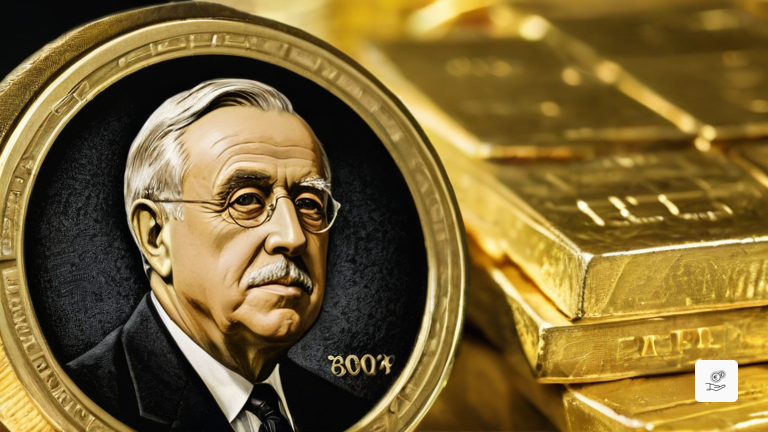The Transformation of Monetary Systems: From Precious Metals to Modern Currencies

The Era of Precious Metals and the Emergence of Fiat Currencies
Over the course of history, the concept of currency has witnessed remarkable changes. One of the most noteworthy transitions has been the shift from traditional precious metal-backed standards to the modern fiat currency system.
The Age of Valuable Assets and Economic Stability
In the bygone era, currencies were secured by tangible reserves of valuable assets like gold, providing a sense of stability to global trade. However, this paradigm evolved with the advent of fiat currency, marking a significant departure from the past.
Revolutionizing Monetary Systems: A Historical Perspective
The historical backdrop of monetary systems reveals the prominence of precious metals, especially gold, as a medium of exchange and store of value. The gold standard, prevalent in numerous nations until the early 1970s, underpinned currency values with gold reserves.
Transitioning Times and Roosevelt’s Bold Move
The transition from the Gold Bullion Standard to fiat currency was marked by significant events, notably President Roosevelt’s decisive action in nationalizing the country’s gold reserves in 1934 to counter deflationary pressures and stimulate economic recovery.
Shifting Paradigms: The Impact of Nationalizing Gold
President Roosevelt’s strategic nationalization of gold reserves, altering the conversion rate to $35 per troy ounce, facilitated the United States’ recovery from the economic turmoil of the Great Depression. This proactive step proved instrumental in stabilizing the economy.
The Bretton Woods Accord and the Era of Currency Pegging
Following World War II, nations convened at the Bretton Woods summit to address post-war economic challenges. The agreement led to the pegging of currencies to the US dollar, subsequently linking them to gold indirectly, ushering in a new era of monetary stability.
Establishing Financial Stability: The Role of Currency Pegging
Through currency pegging and fixed exchange rates post-Bretton Woods, countries aimed to maintain stability in international trade and currency valuations. The creation of the IMF further streamlined exchange mechanisms in the evolving monetary landscape.
Transition to Fiat Currency and Central Bank Empowerment
The gradual shift towards fiat currency marked a transformative phase in monetary history. By relinquishing ties to gold reserves in favor of fiat money, nations empowered central banks to exercise greater control over monetary policies and economic stability.
Embracing Modernity: The Evolution from Gold-Backed to Fiat Currencies
The adoption of fiat currencies heralded a new era of financial flexibility, detaching from traditional gold standards. This transition empowered central banks, paving the way for a more adaptable and resilient monetary system that responded effectively to changing economic landscapes.




